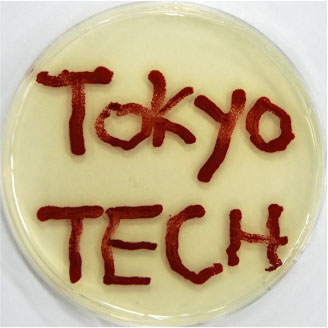Research
We are promoting research on plants, algae and photosynthetic bacteria. Each member is actively carrying out research on a subject of interest. We have utilized various types of methodology including genetic recombination with genome-editing technology, measurement of photosynthetic activity by pulse-amplitude modulated chlorophyll fluorometry, Fourier transform infrared spectroscopy, and LC-MS/MS-based metabolite analysis.
Regulation of Photosynthesis
In nature, light quantity and quality always fluctuate, as observed in cloud-breaks and sunflecks in the forest. Even under fluctuating light, photosynthetic organisms can perform photochemical reactions at the maximum rate. We are investigating the mechanism regulating this aspect of physiology. In particular, we are focusing on the mechanism eliminating excess excitation energy that plants cannot utilize for photosynthesis under strong or fluctuating light. We have observed a novel membrane protein complex that regulates the proton concentration gradient formed across the thylakoid membrane. Recent achievements are shown here.
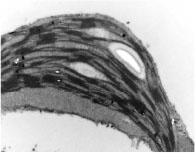
The Stringent Response in Plants
Although plants grow everywhere on the Earth, their size and shape vary from species to species, and also depending on the environment. We have studied why this is from the viewpoint of metabolic control of the chloroplast. The chloroplast is thought to be an organelle that originated from intracellular symbiosis of an ancestral cyanobacterium. We are studying an aspect of the regulation of chloroplast metabolism called the stringent response that might have been introduced to plant cells by intracellular symbiosis. We recently found that this system comprehensively controls plant growth. Recent achievements are shown here.
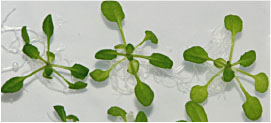
Photoreceptor Functions
Most organisms sense light intensity and color differences to control their physiological activities including development and metabolism. Photoreceptors are proteins containing chromophores that absorb, or sense, light of a specific wavelength. Seven types of photoreceptors are currently known, including rhodopsin, present in human eyes. We have discovered the blue-light photoreceptor named BLUF, and are promoting both analysis of its function and development of applications using it. Recent achievements are shown here.
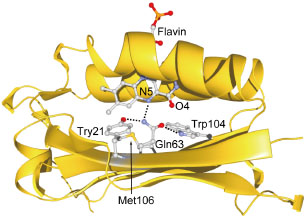
Light-dependent signal transduction in Cells
People believe that signals are transmitted within cells, but what is the substance that transmits them? We would like to clarify the mechanisms controlling them. Cyanobacteria have the ability to move toward light, a phenomenon called phototaxis, which is regulated by several photoreceptors. We are conducting research to clarify the basic principle of intracellular signal transduction controlling cyanobacterial phototaxis. Recent achievements are shown here.
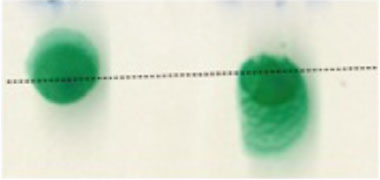
Evolution of Photosynthesis
It is believed that photosynthesis in plants evolved from anoxygenic photosynthesis, which uses electron sources such as hydrogen sulfide, to oxygenic photosynthesis, which uses water as an electron source. The birth of oxygenic photosynthesis had a great impact on global environmental change on the Earth. However, the process behind its formation is not well understood. We are conducting research to experimentally reproduce the evolutionary process of oxygenic photosynthesis in bacteria that perform anoxygenic photosynthesis. Moreover, using these bacteria, we are investigating the mechanism by which cells sense hydrogen sulfide. Part of the research is being conducted in collaboration with people at the Earth-Life Science Institute at Tokyo Tech. Recent achievements are shown here.
